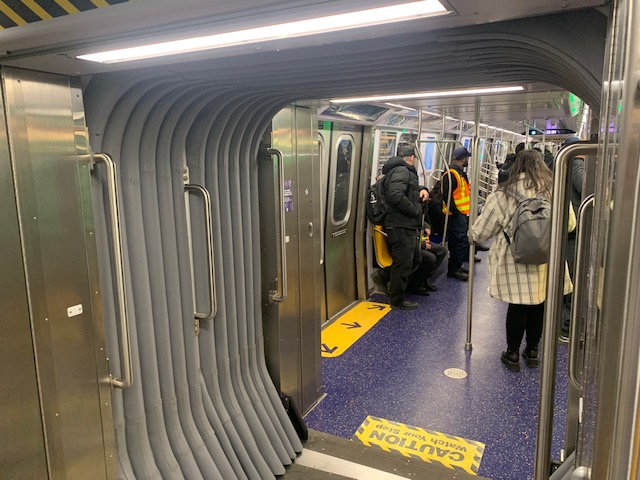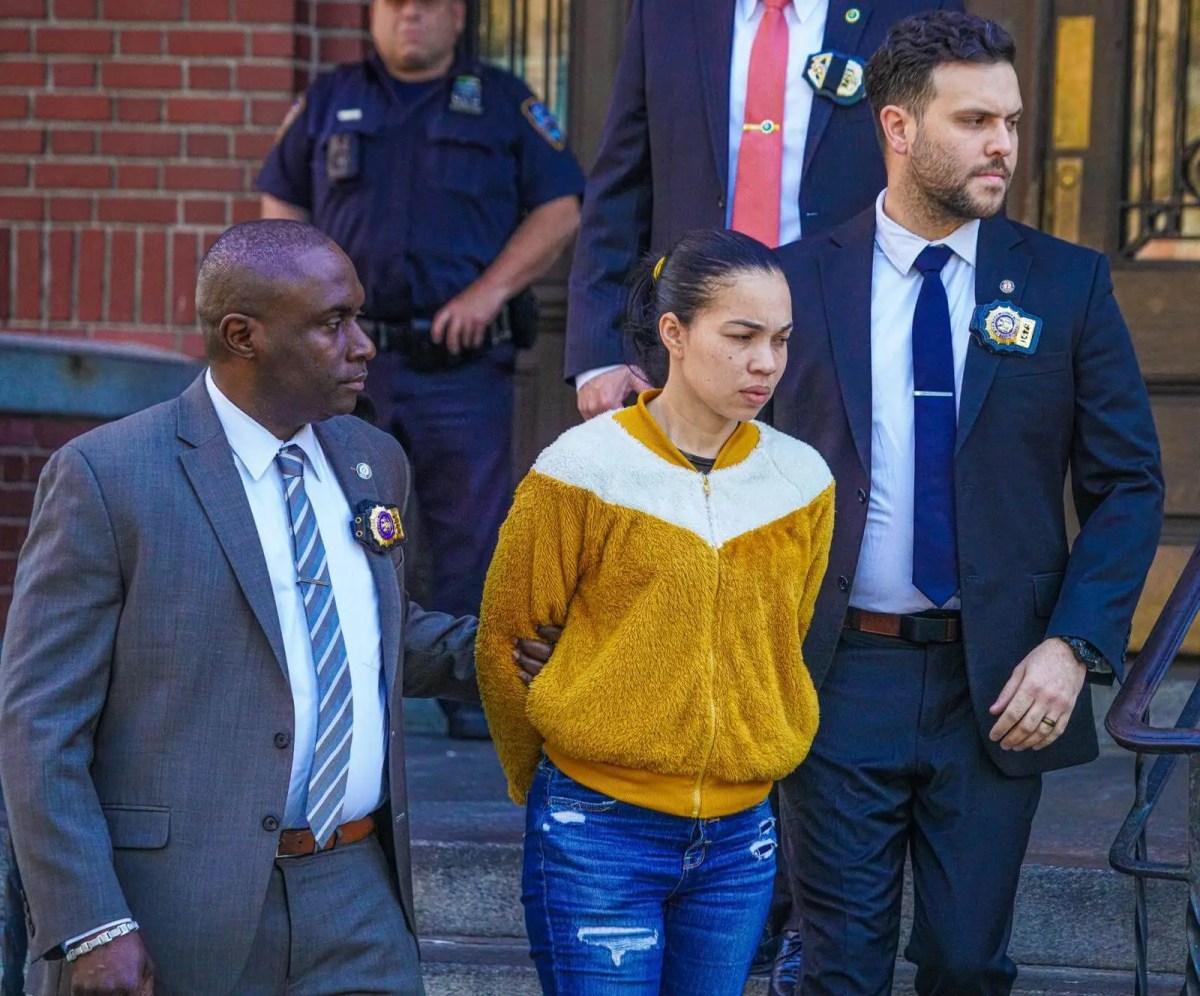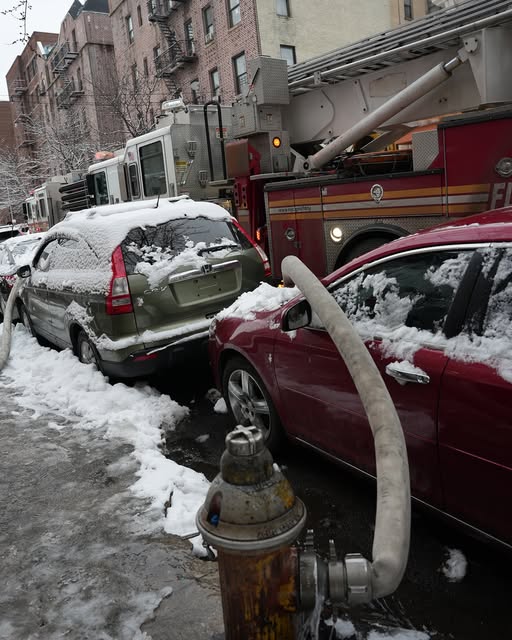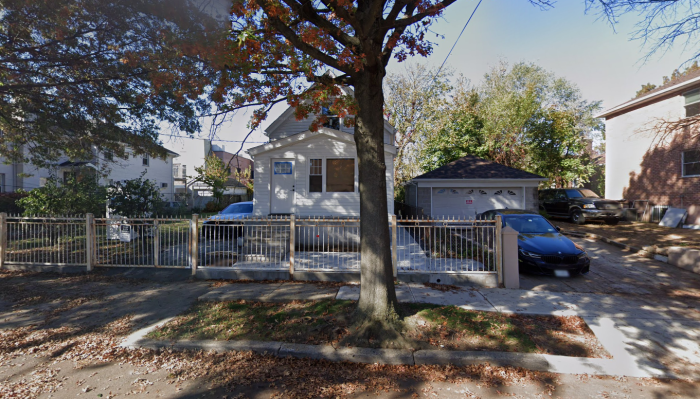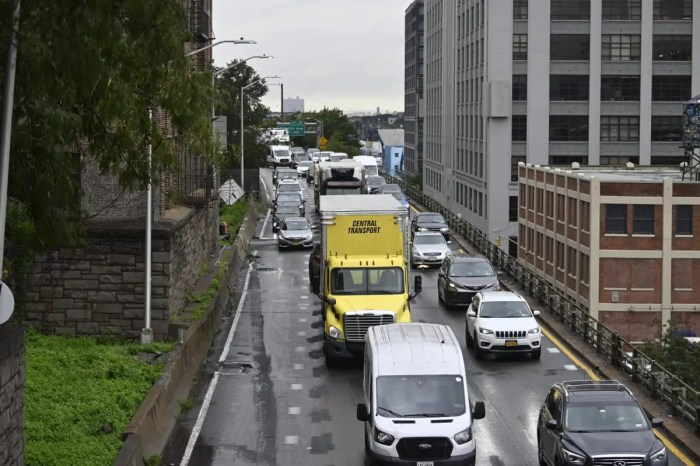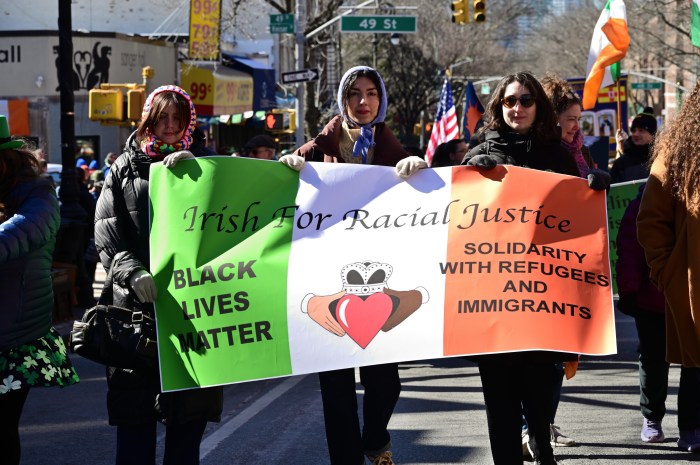The MTA Tuesday released a $32 billion, five-year plan to address the transit system’s capital needs, from new subway cars, tracks and station repairs to megaprojects like the next phase of the Second Avenue subway. The agency will present its plan to the MTA board at a meeting Wednesday.
Here’s a look inside the MTA’s plan:
Subways: $15.5 billion
Train cars: $2.8 billion
The capital program budgets this money for 940 high-tech subway cars that are 60 feet long.. These cars will replace old cars that were first put into service in 1975 on the A and F lines and shuttle.
Stations: $2.9 billion
Nearly $450 million will be spent on fixing 20 of the worst stations in the subway system along six lines and $890 million for systemwide repairs to parts of stations, such as stairs, platforms lighting and signs.
The rest of the money for stations includes $250 million for the next fare payment system after the MetroCard, which could be a form of “tap and go” card technology; $561 million for elevators at 13 stations; and $436 million to replace 46 elevators and 35 escalators.
Track: $1.9 billion
The MTA will replace 68 miles of track and 16 miles of continuously welded rail that can withstand stress that leads to breaks on traditional bolted rails. The money will also fund replacement of 175 track switches.
New signal system: $676 million
The MTA will ramp up installation of a modern signal system on the E, F, M and R Queens Boulevard lines and the B, D, F and M Sixth Avenue lines in Manhattan. The technology lets trains run closer together, but requires difficult service shutdowns. The technology is in place on the L line and is being installed on the No. 7 line.
Expansion: $5.5 billion
Second Avenue Subway: $1.5 billion
The MTA is budgeting funds for a new leg of the famously delayed Second Avenue subway. The MTA is budgeting $1.5 billion to start planning and construction of the new phase, which will bring the Q train to 125th Street from East 96th Street. The first $4.5 billion phase expected to be finished in 2016 took the Q train from midtown up to 96th Street.
Penn Access: $743 million
The capital plan funds a project that Gov. Andrew Cuomo endorsed that will let Metro-North run to Penn Station through a second route into Manhattan, which would keep service running in case a disaster or extreme storm like Sandy knocks out the commuter rail’s sole link to the city. The project would also mean four new stations in eastern Bronx, a burgeoning area where transit alternatives to Manhattan are needed.
East Side Access: $2.6 billion
This money will fund the completion of construction on the $10.1 billion East Side Access project to bring Long Island Rail Road into Grand Central Terminal.
Funding
This hefty $32 billion capital program is only half funded at $16.9 billion, leaving a $15.2 billion gap. This gap must be funded through additional federal and state dollars, private funds, more debt to the MTA or a dedicated funding stream.
Federal money — $6.3 billion
Bonds — $6.2 billion
Various money from MTA — $2.3 billion
New York City — $657 million




